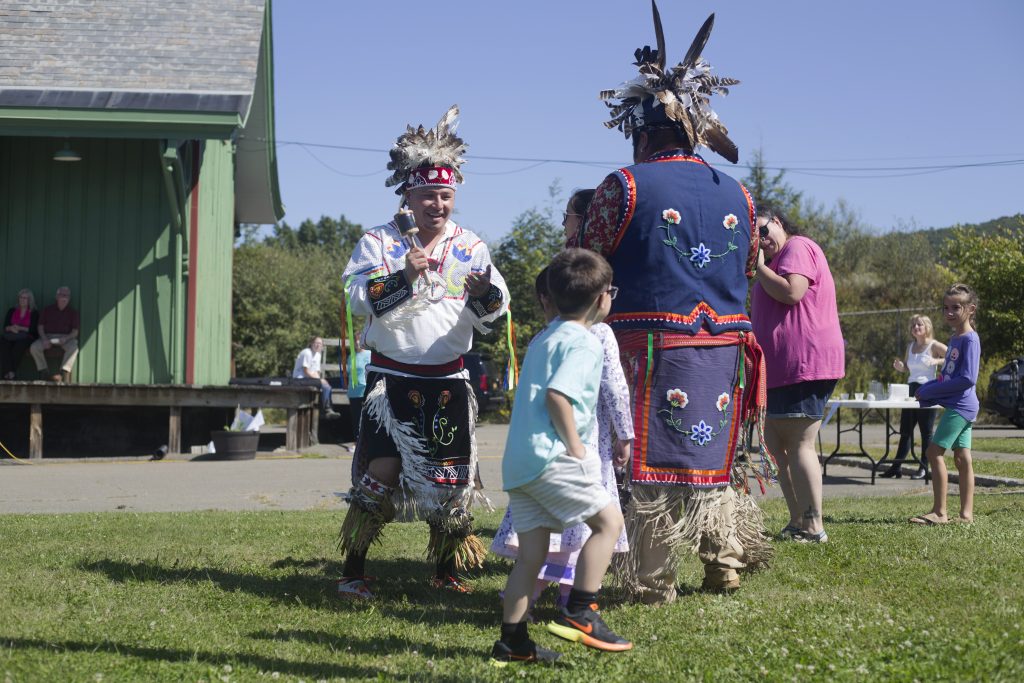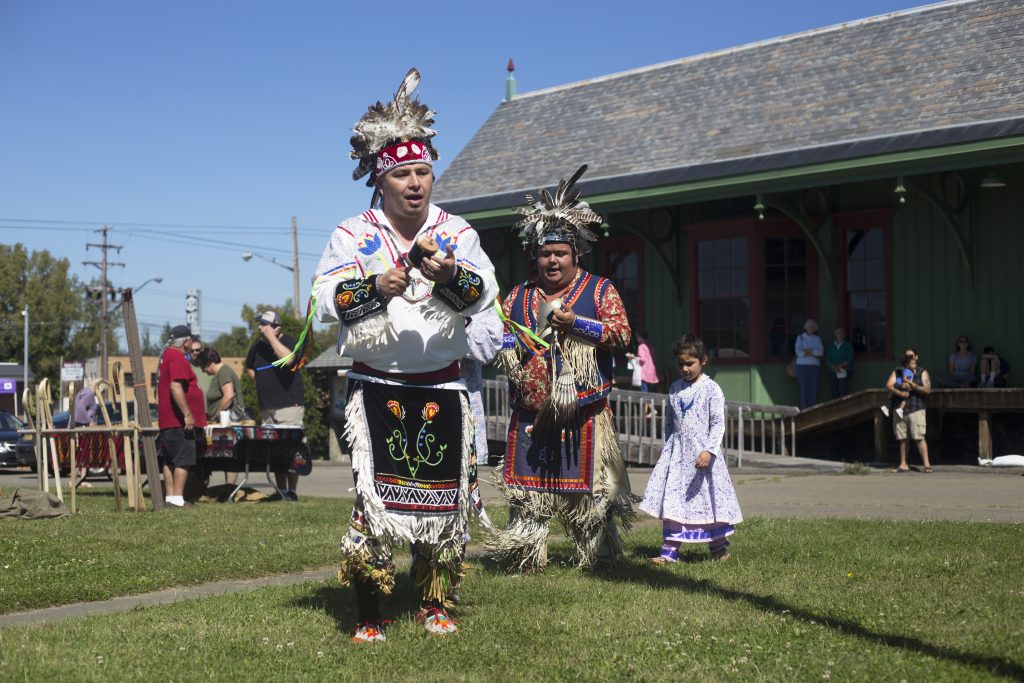
On Saturday, the Vestal Museum explored the rich Native American history of its surrounding area in “The Power of Haudenosaunee Women,” a festival running from 11 a.m. to 3 p.m. with free admission.
The festival offered a diverse assortment of exhibitions to enjoy, including comprehensive history lessons on the contributions of Haudenosaunee women, artifacts such as baskets weaved from black ash trees, an opportunity to try traditional corn soup and a performance by dancers from the Onondaga Nation reservation near Syracuse.
The name “Haudenosaunee” refers to the alliance of six Native American nations that is more commonly referred to as the Iroquois Confederacy. Because Iroquois is a word derived from French that was first used by European settlers as a derogatory term, the members of the Confederacy choose to call themselves Haudenosaunee, roughly translating to “People of the Long House.”
The event was the Vestal Museum’s third-annual festival celebrating Haudenosaunee culture. Each year, the festival attempts to spread awareness on a different theme. While the first year featured the history of lacrosse and the second year focused on seed saving, this year’s exhibitions highlighted the importance of women in the traditionally matrilineal society.
“We wanted to celebrate Native American culture,” said Tracy Hanna, museum clerk at the Vestal Museum. “There is a long history of the Iroquois living in the area before Europeans came, so I thought it was important to learn more about their culture and celebrate it.”
Hanna stressed the importance of matriarchs in Haudenosaunee society.
“Women owned the property, they owned the children, a man would move into a woman’s family’s home when they got married,” Hanna said. “It’s a very pro-woman culture.”
Fliers displayed inside the museum further emphasized the role of Haudenosaunee women in maintaining the structure of their society, from their roles as peacemakers in conflicts between Native peoples and Europeans, to their political power in choosing and legitimizing the chiefs of each clan. The exhibitions also discussed the inspiration that pioneering American feminists such as Elizabeth Cady Stanton and Lucretia Mott took from Native tribes and their gender relations.
Cherese Wiesner-Rosales, director of the Vestal Museum, referenced the common creation myth in Haudenosaunee culture as another representation of the centrality of the matriarchs.
“Women are the seeds in that culture — they represent so much,” Wiesner-Rosales said. “The whole creation story starts with the Sky Woman who fell through the sky and started Earth on land.”
Despite the event’s theme and focus, there were broader demonstrations of Haudenosaunee culture, including a documentary on the history of lacrosse. Alf Jacques, an Onondaga Nation resident, tabled outside of the museum with several dozen lacrosse sticks and balls of radically different sizes and shapes. Jacques, a stick maker and educator, said part of his job is to explain that lacrosse has a long and varied history depending on the region of the country it was played in.
“People don’t know how old the game is, people don’t know that there’s a two-stick game, people don’t know there’s a Great Lakes style,” Jacques said. “How old the game is and how widespread it is, with all the differences, it’s still stickball.”
Jacques noted that the sport is commonly misperceived as violent, but dispelled that notion as a myth. He focused on the religious ceremonies that were an important part of lacrosse in nearly every region, despite other differences in the game’s style.
“A lot of the misconception goes right back to it being a war game — you know, those savage, brutal Indians who kill people, right?” Jacques said. “It’s a game, okay? Catch, throw the ball, score, play a game with religious content. This never became a weapon, it was never weaponized. That’s important.”
Wiesner-Rosales said the key component of the event was emphasizing that the Haudenosaunee are not just a historical curiosity, but a thriving culture that still exists today.
“What we want to do is celebrate Haudenosaunee culture,” Wiesner-Rosales said. “We want to show the history, but also show the living and breathing society that’s here right now. People are living a really beautiful life … and we can learn from them, and it’s wonderful they share their culture.”



